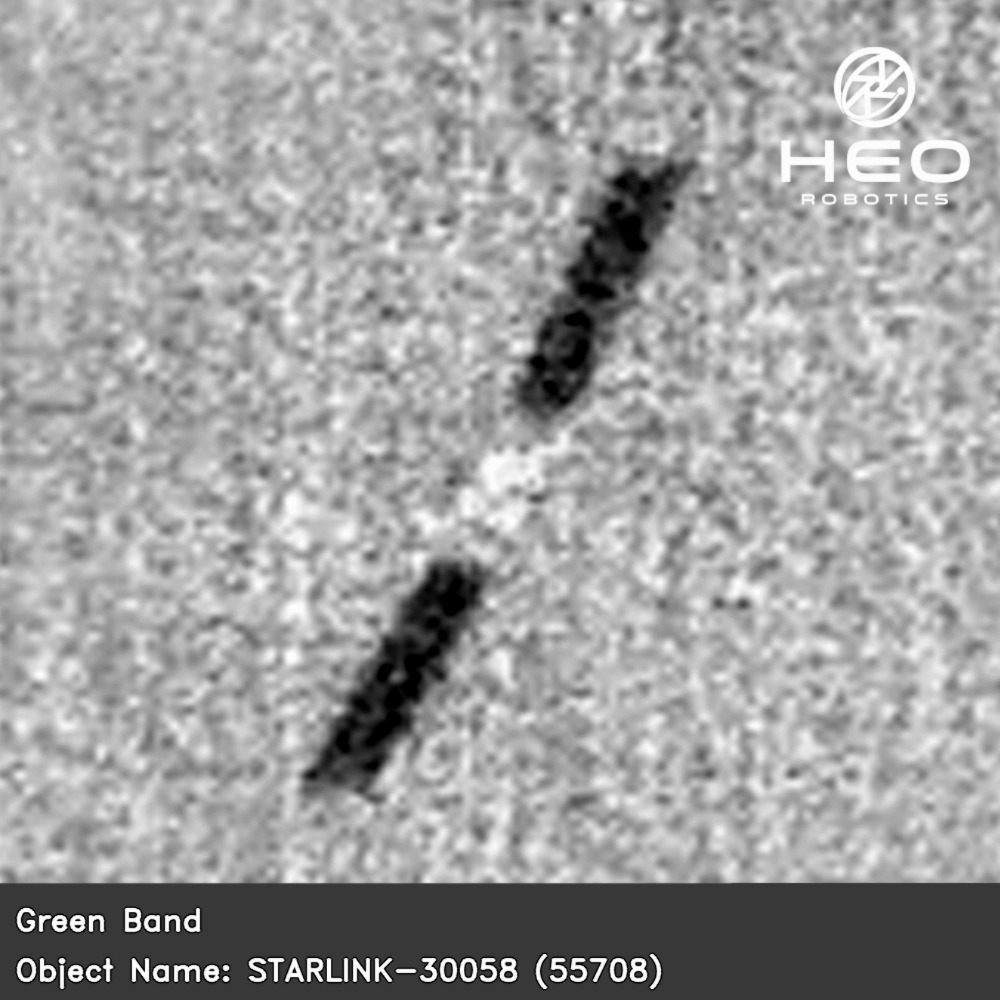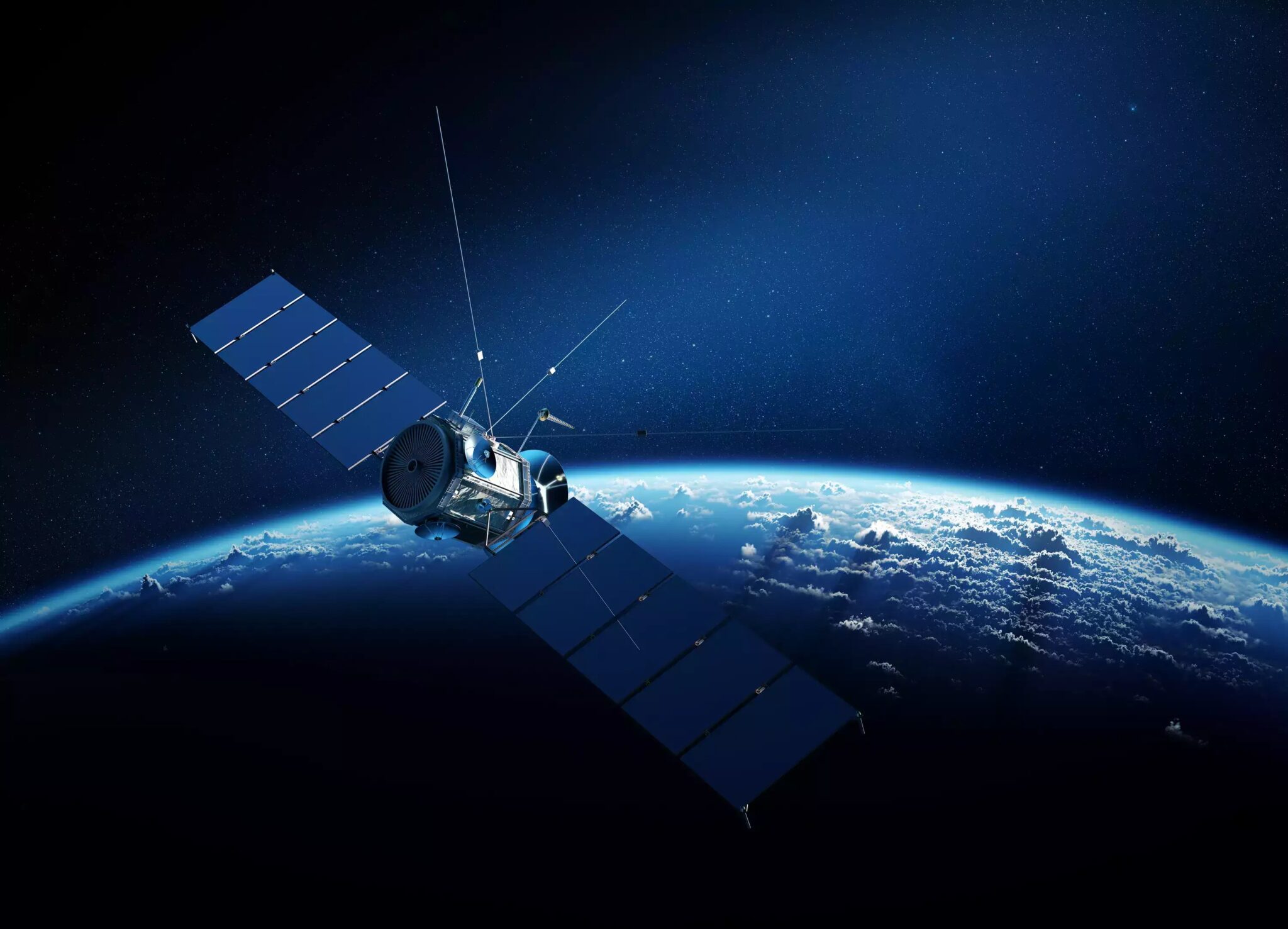The Australian company HEO Robotics has published a fuzzy image of one of the next generation SpaceX Starlink V2 Mini satellites in low Earth orbit. The photo was taken from a distance of about 139 kilometers by the HEO Robotics satellite. The photo shows a new kind of miniature satellites in action, which SpaceX hopes will boost the broadband capacity of its Internet constellation.

“This was our first direct observation of the Starlink V2 Mini. Thanks to our photo, we can identify two solar panels that are different from other similar Starlink satellites,” said Dane Brumm of HEO Robotics.
Indeed, one of the notable innovations of the V2 Mini are two solar panels, one on each side. The first-generation Starlinks have only one solar panel.
HEO Robotics provides satellite images of objects in orbit and satellite inspection services for government and commercial operators. The company took an image of more than a hundred objects after they reached their orbital destinations, and then used its software to identify the objects. For the latest image, HEO Robotics photographed the V2 Mini a week after it was deployed in low Earth orbit.
Starlink V2 Mini
On February 27, SpaceX launched 21 next-generation Starlink satellites, called V2 Mini. The satellites were placed aboard a Falcon 9 rocket launched from Space Launch Complex 40 at Cape Canaveral in Florida. The company introduced the V2 Mini to the world on Twitter the day before their launch.

“V2 Mini is equipped with more powerful antennas and high-speed frequencies, which will allow Starlink to provide about 4 times more bandwidth than previous iterations,” SpaceX wrote on Twitter.
The V2 Mini is also equipped with argon-fueled Hall thrusters, which is a cheaper alternative to the xenon fuel commonly used in correction systems on satellites.
SpaceX hopes that the V2 Mini will temporarily fill the gap of growing demand in the Starlink network until the company launches a full-size version of its next-generation satellites. Unfortunately, the Falcon 9 is not able to lift the full-size V2, so SpaceX is waiting for the launch of its Starship megarocket, designed to put a heavier payload into orbit.
Earlier, we reported on how SpaceX announced the direct connection of smartphones to Starlink satellites.
Follow us on Twitter to get the most interesting space news in time
https://twitter.com/ust_magazine
